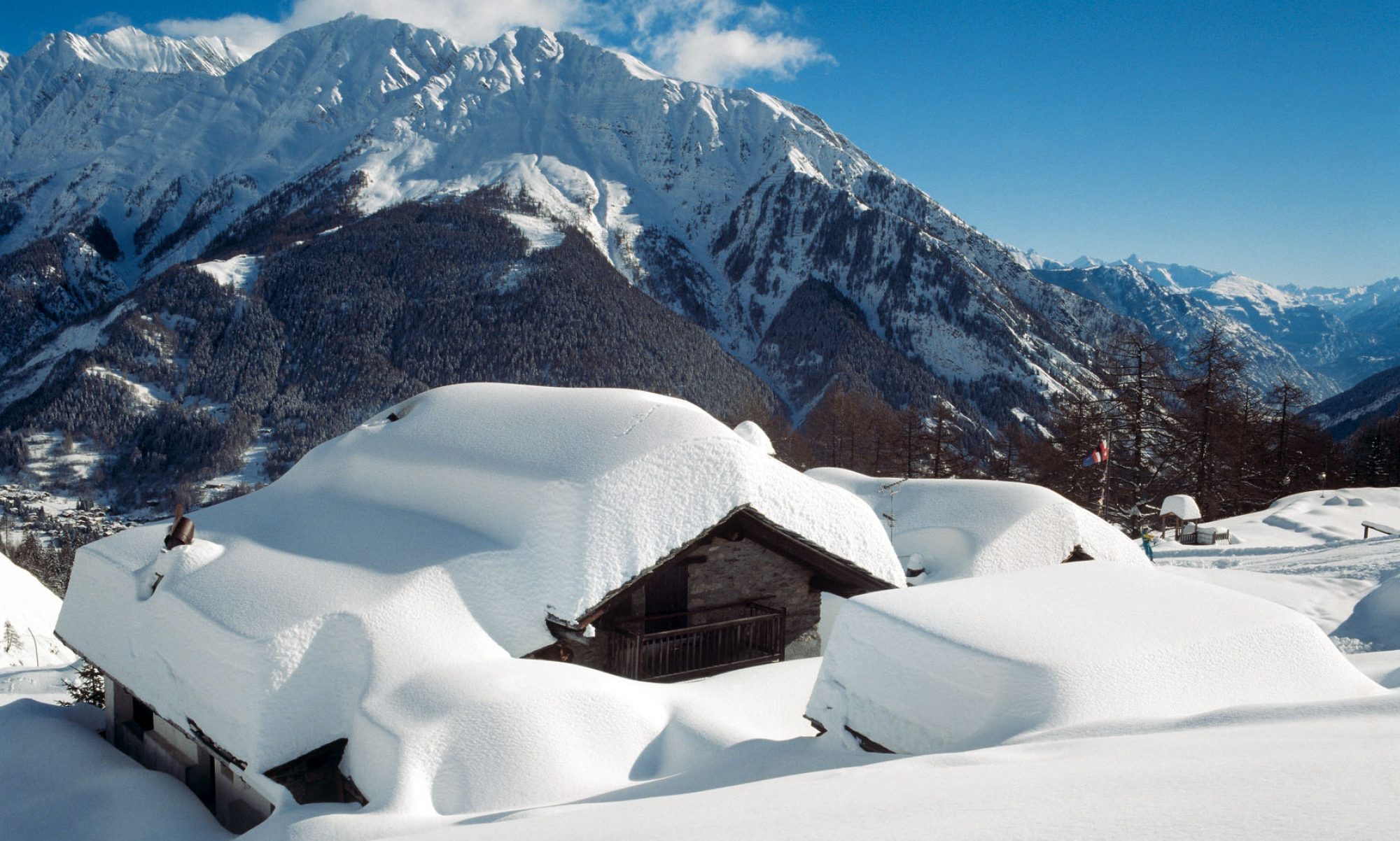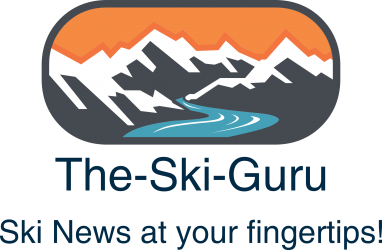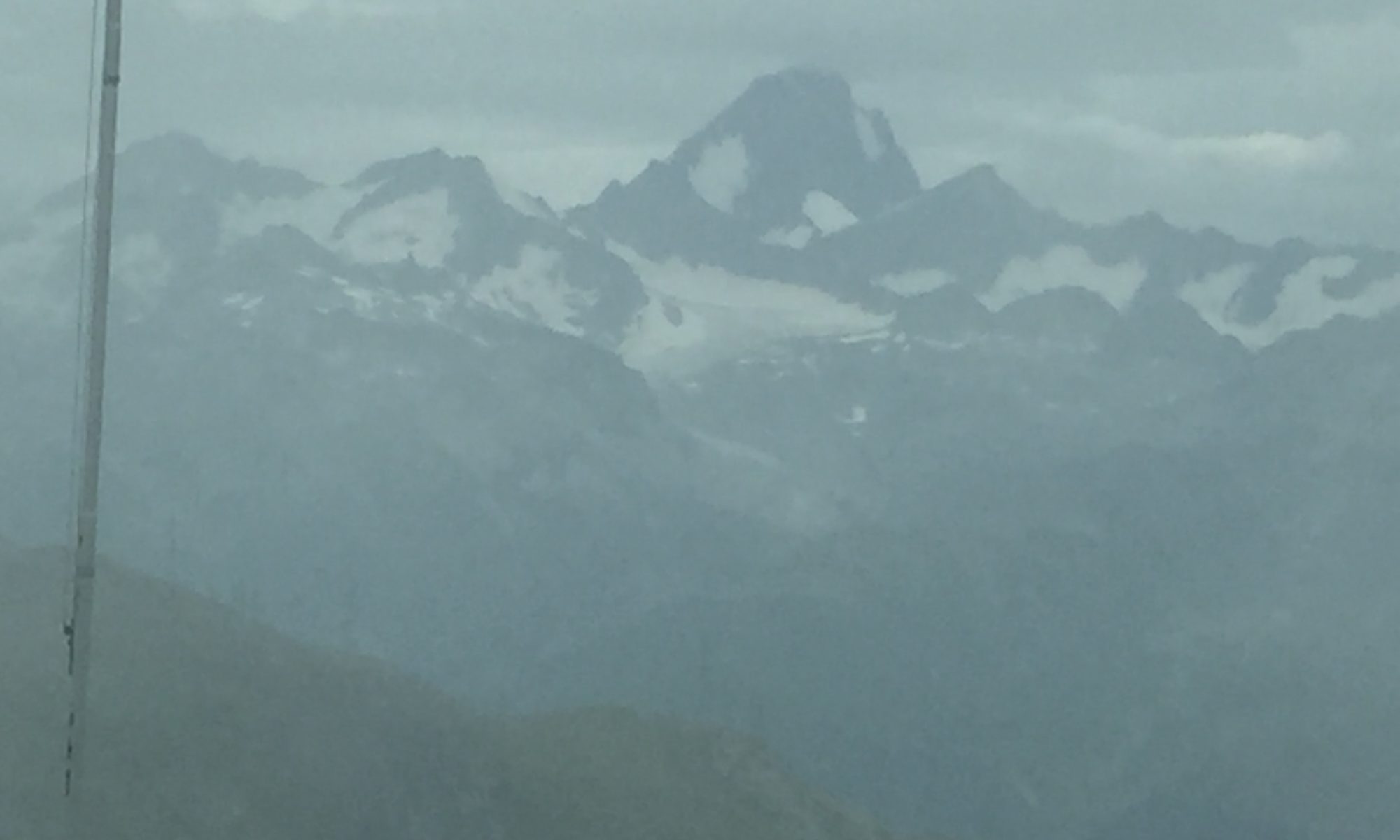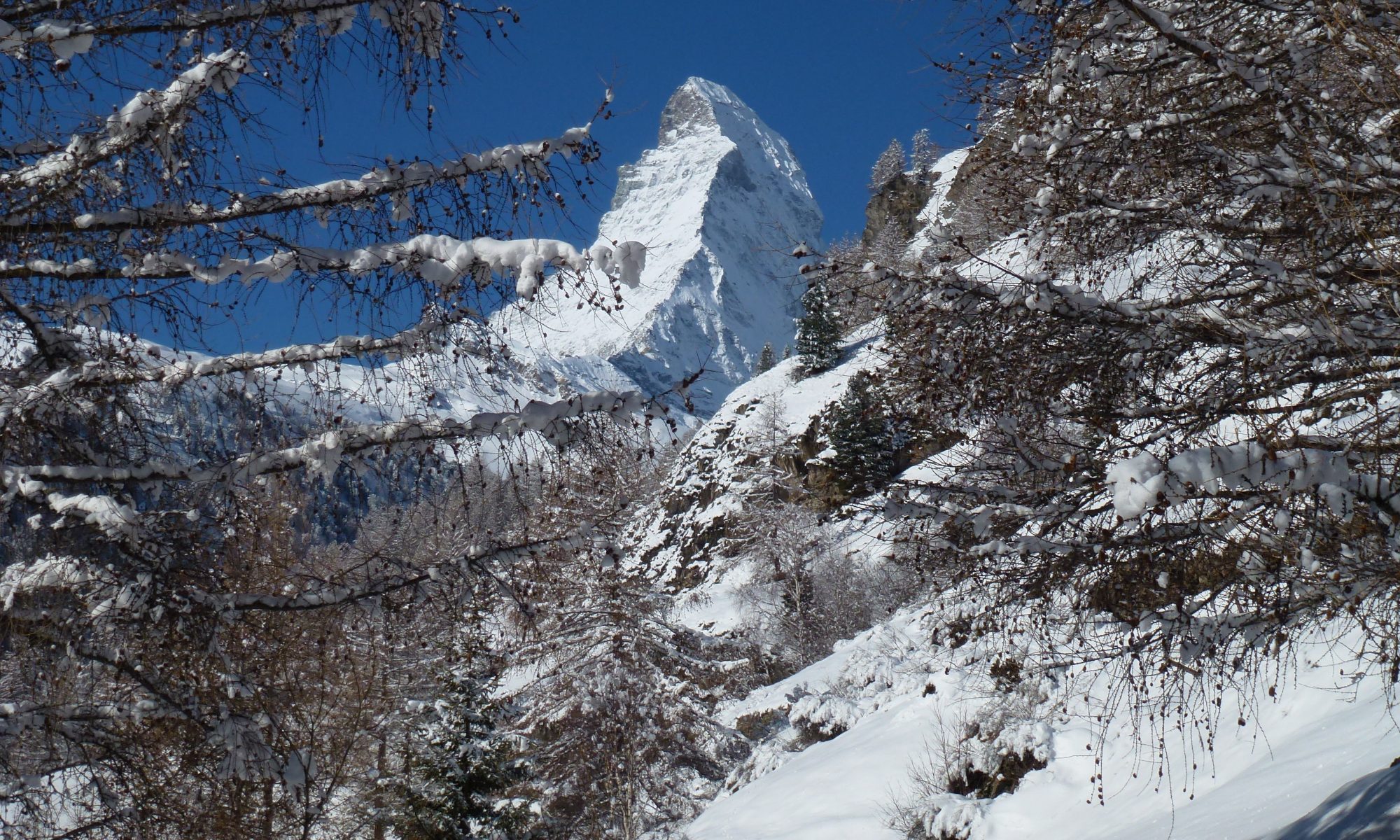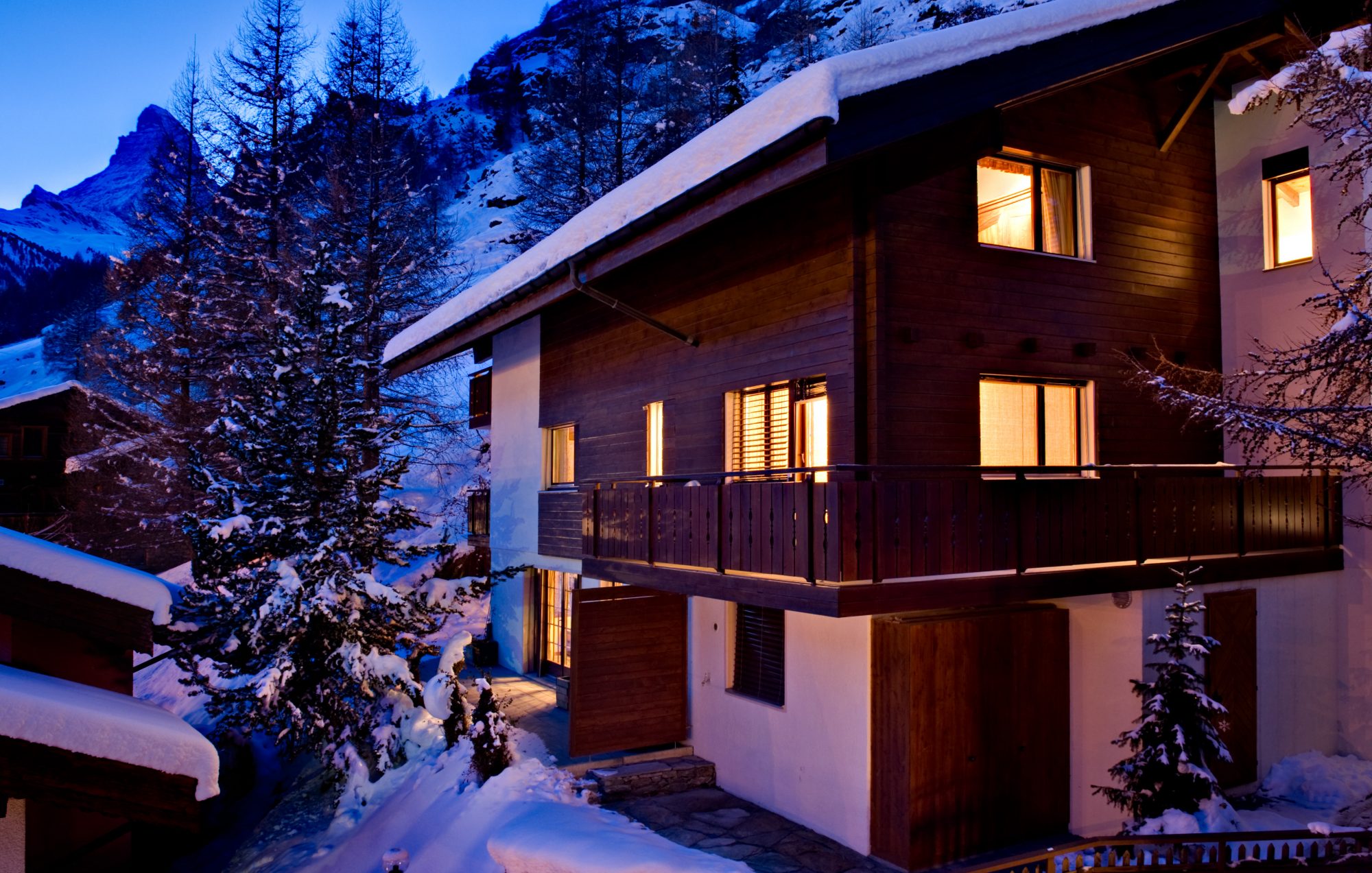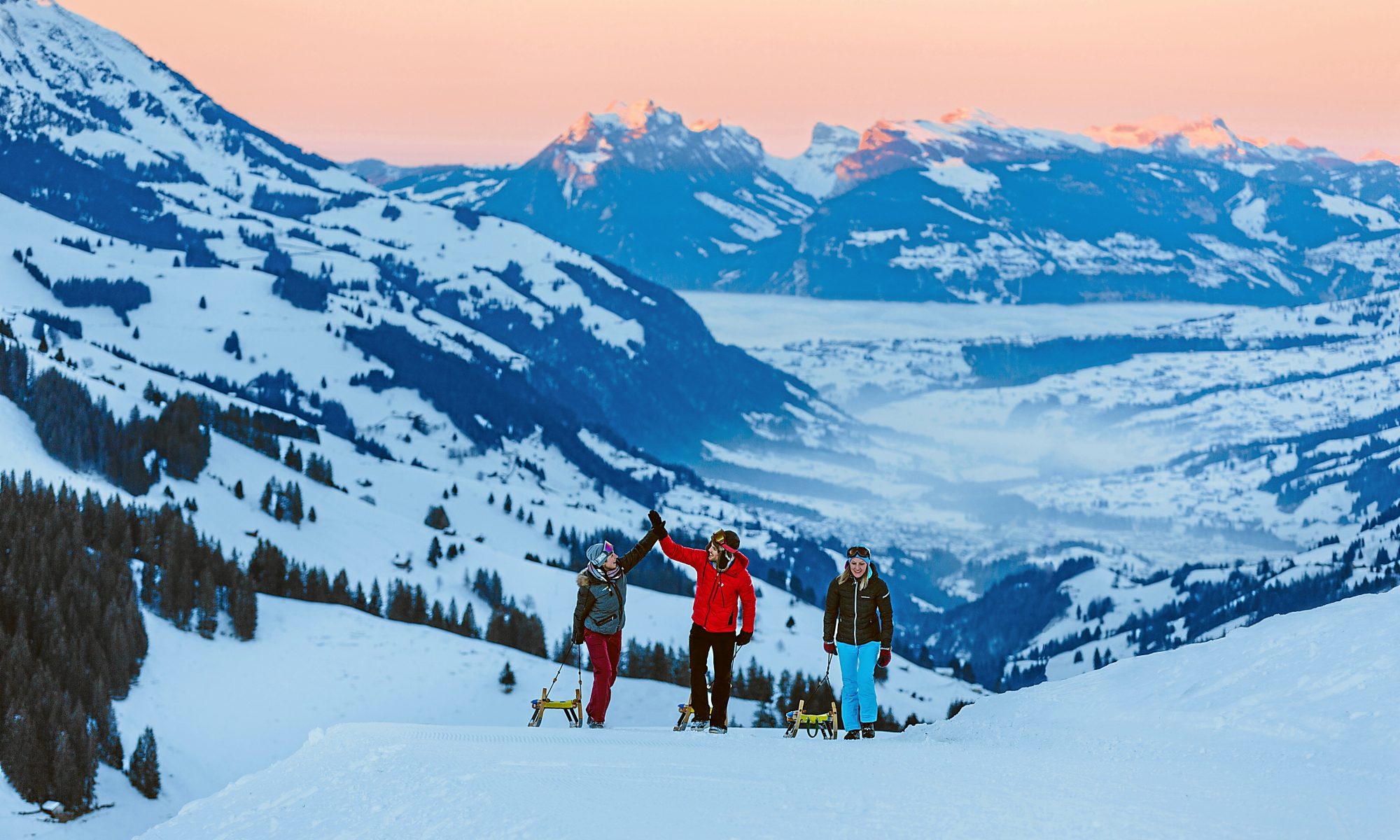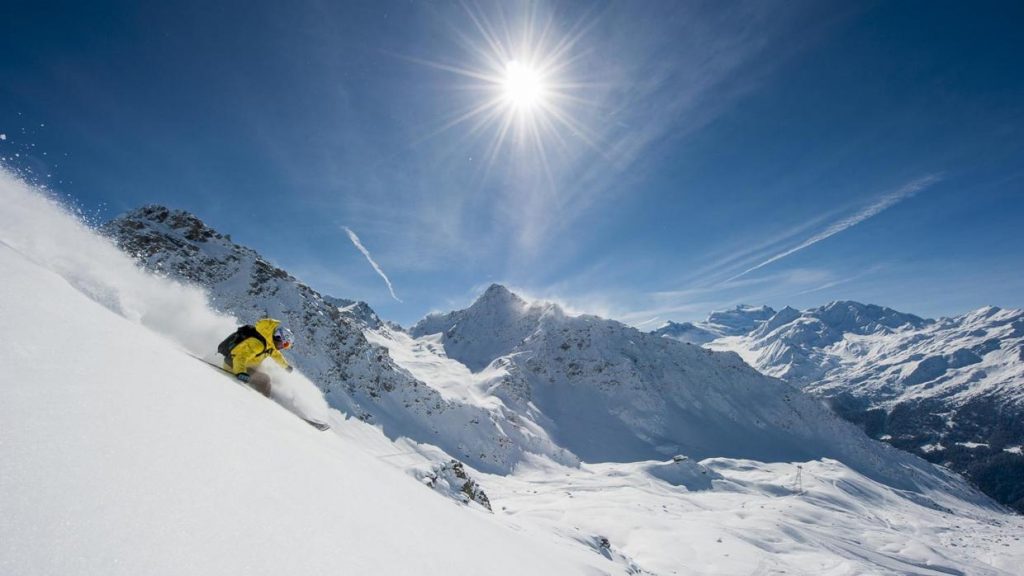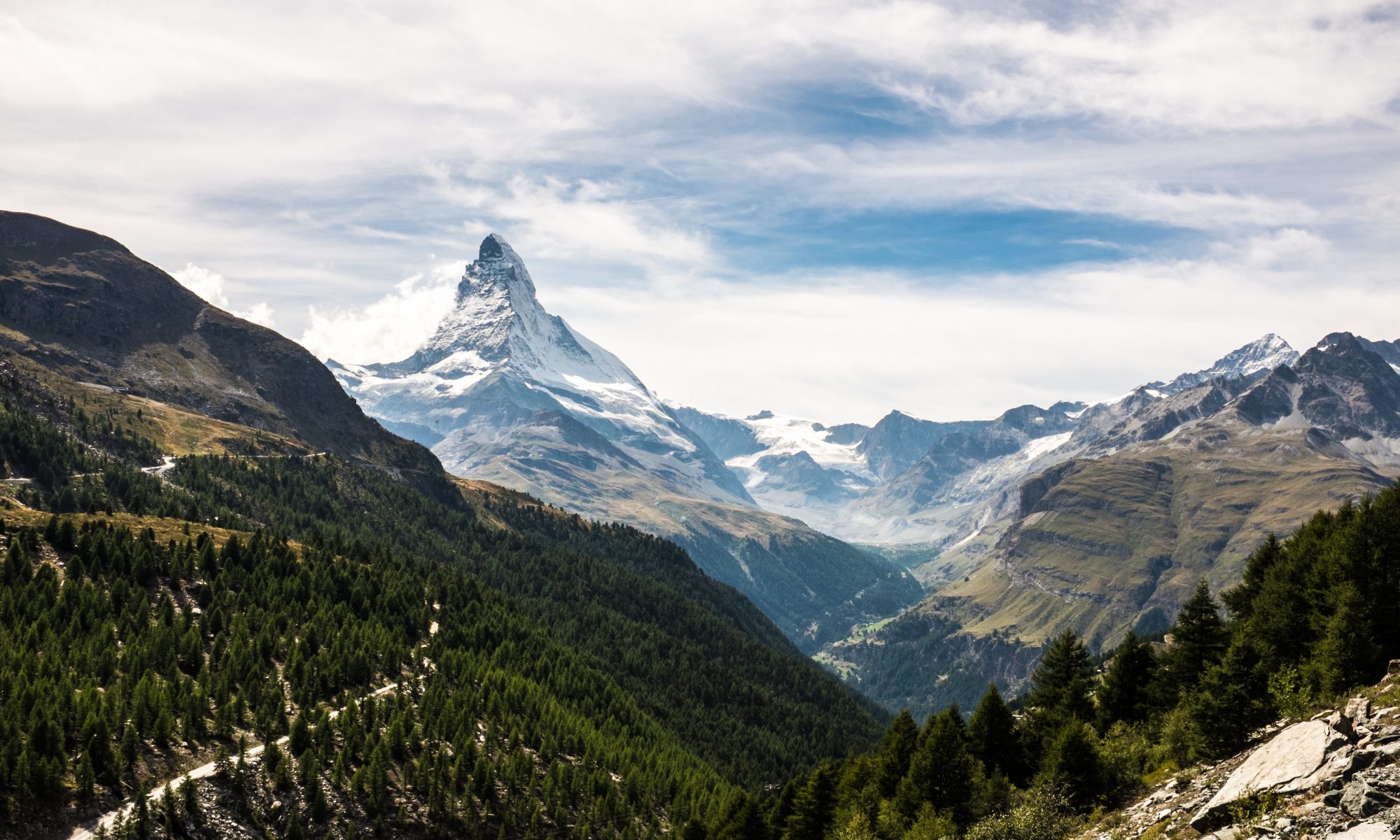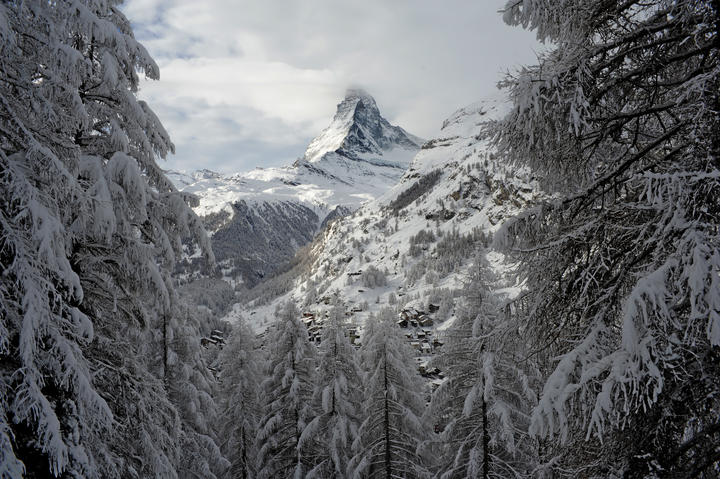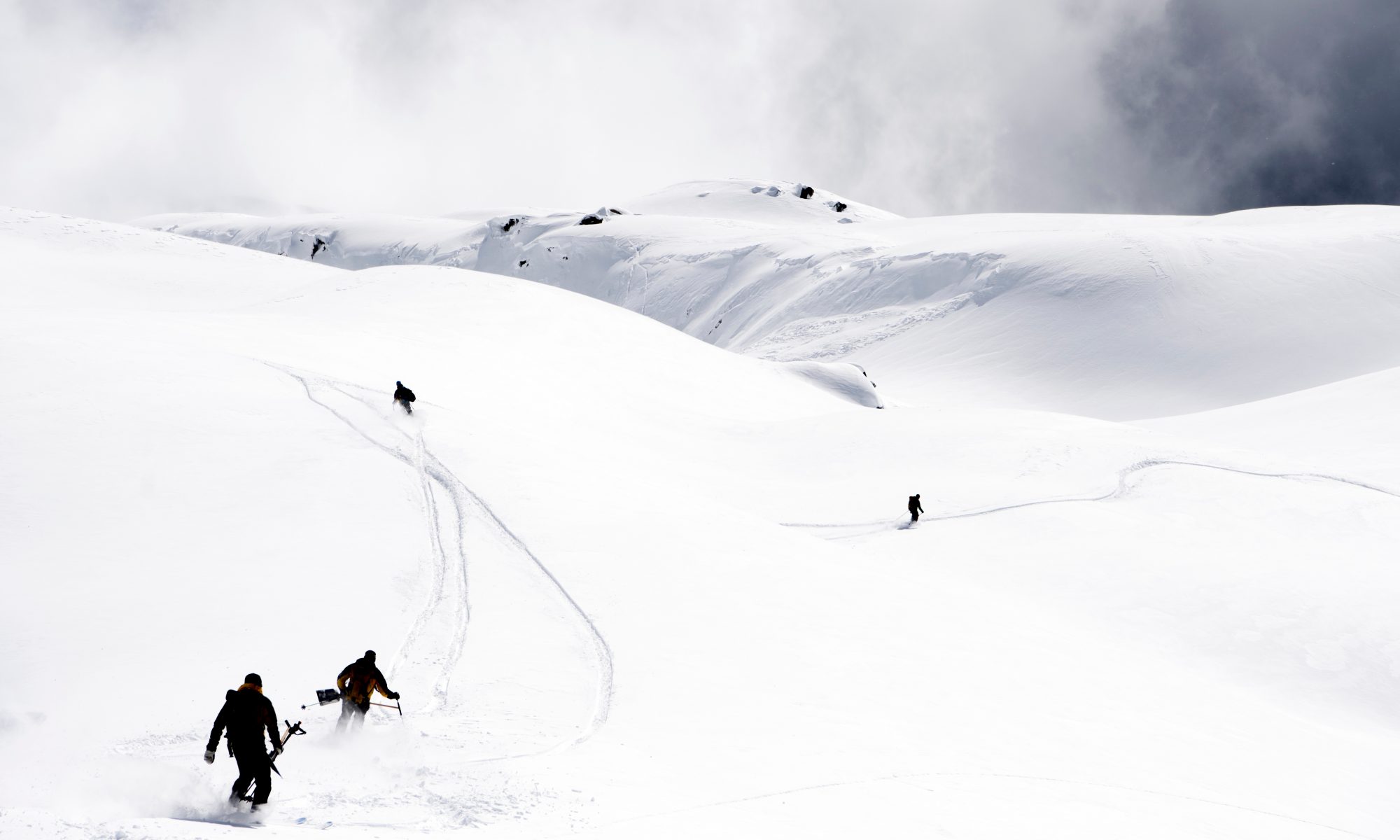A drive through the Nufenenpass (Passo della Novena) and Grimsel Pass in Switzerland.
I like having our summer holidays, whenever possible, near the mountains. And each trip, we need to try a new mountain pass. That is part of the adventure!
A couple of years ago, the idea was to stop by at Interlaken, on our way back from Lago di Como. Looking online, the best way to go was via the Nufenenpass (Passo della Novena) and the Grimsel Pass. The Grimsel Pass is very well known by everyone I’ve asked about, but the Nufenenpass, not so much. Some friends of us that have a house in Moltrasio, and whom their father lives in Lago di Como and knows ‘all the mountain passes’, have not heard of the Nufenenpass, but we’ve checked it out online and he suggested me that it should be fine as it was paved.
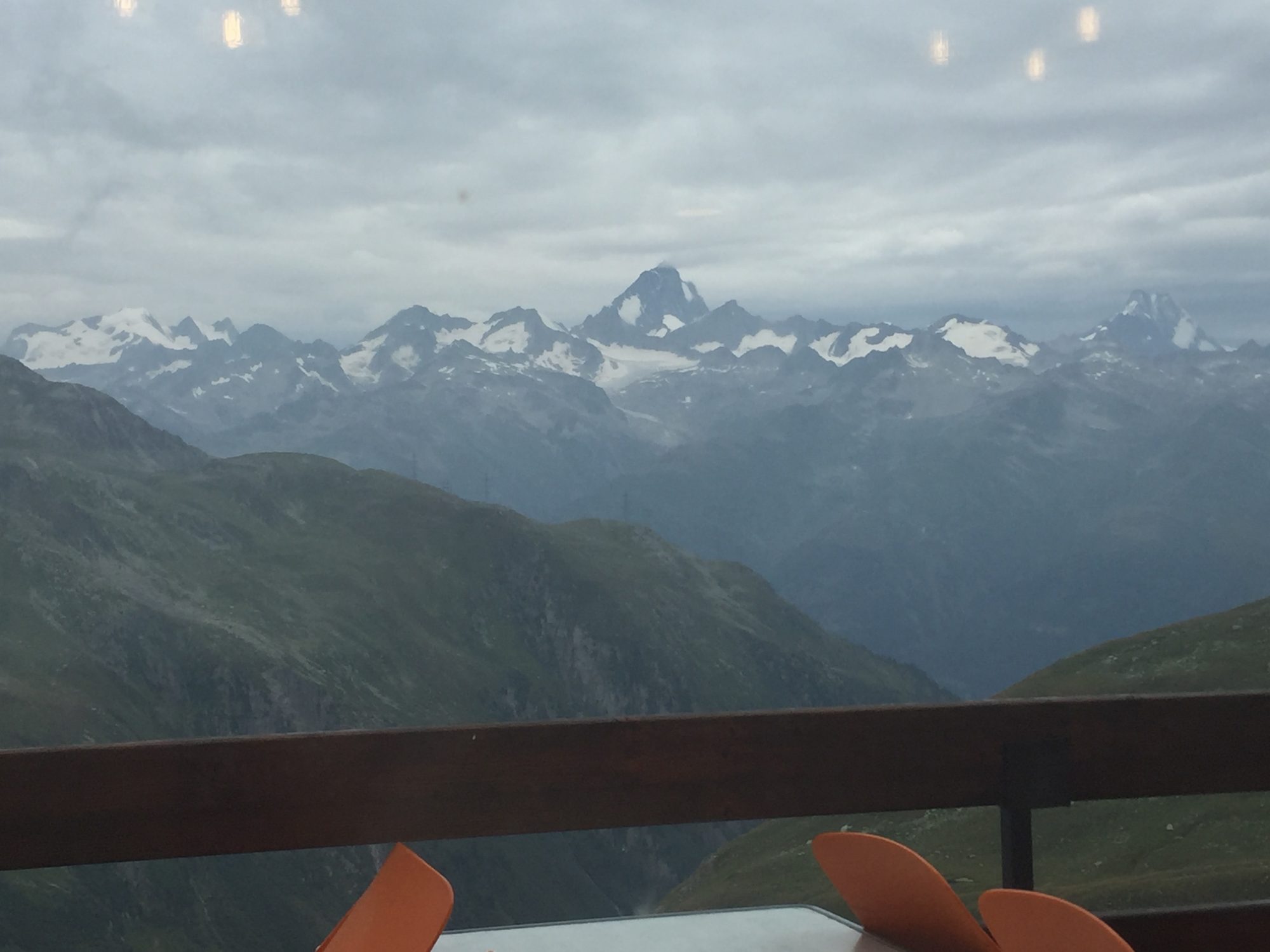
Looking in Google Maps, the pass seemed pretty wide enough for two cars – which was what I wanted to see, but I did not see too much of a guardrail on the side. Another option was to go towards Airolo and then Andermatt and take either the St Gotthard Tunnel, or the St Gothard pass. The St Gothard Tunnel was not an option, as this was a Saturday, where you can be stuck for hours. On our way from Engelberg to Lago di Como, we did the St Gothard Pass, which was very nice. It is very busy too, but at least the traffic goes through.

Going back this way, we should have taken afterwards the Furkapass, which is a very renown way to go – mostly for bikers and cyclists alike!
